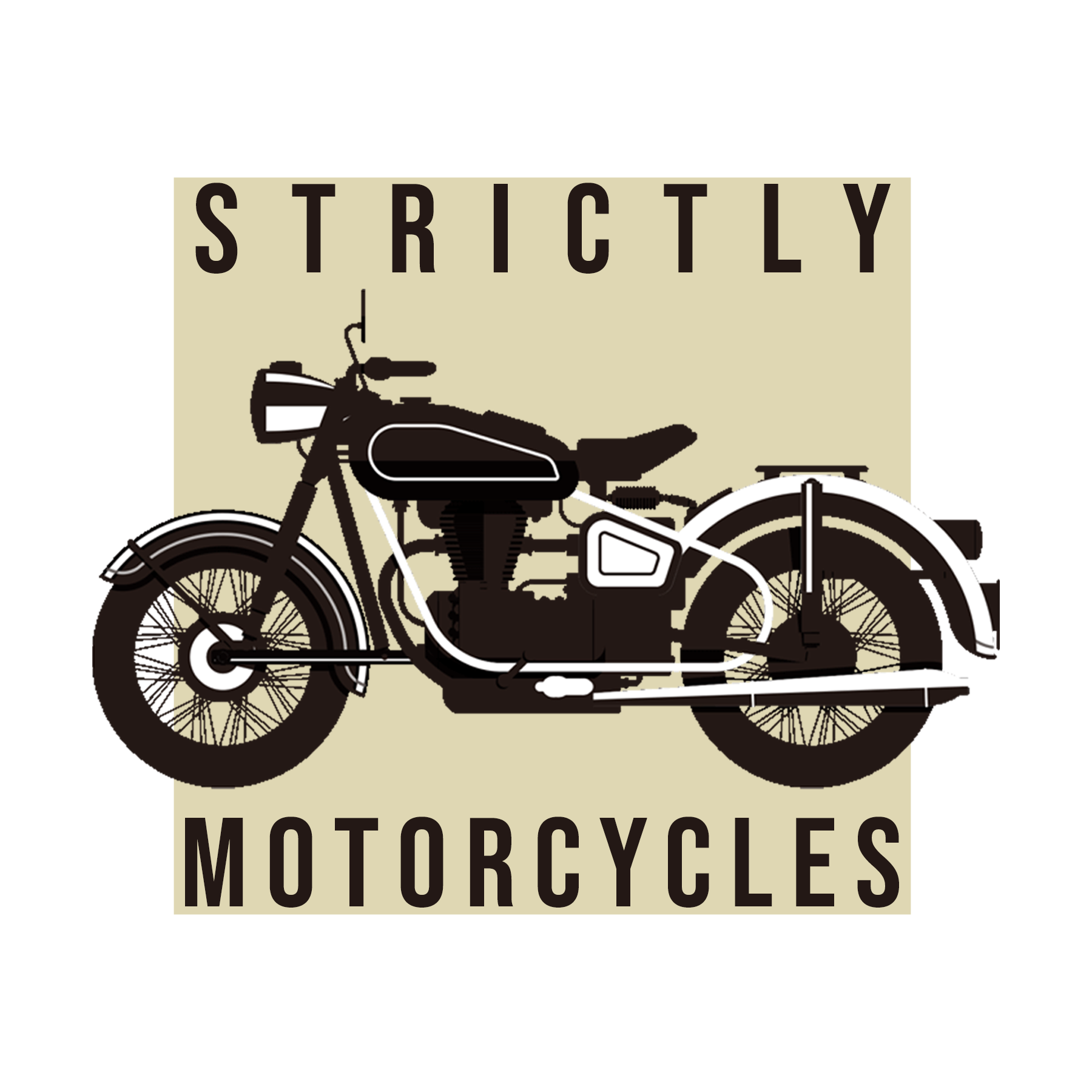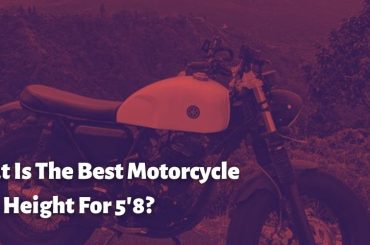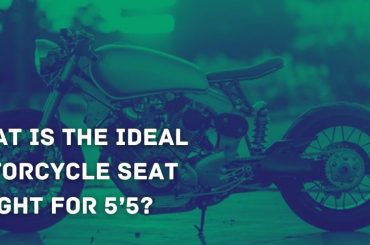The Harley Davidson Fat Boy is a Softail cruiser motorbike. It has a V-twin engine and solid-cast disc wheels. The Fat Boy is the most difficult bike in the Harley-Davidson series. Because the engine is counterbalanced rather than rubber-mounted, it has a rawer feel. The Fat Boy feels a little more alive than the Road King and other touring bikes. But it comes at the expense of the rider and especially pillion comfort (who gets to sit on a tiny pad).
Powertrain
The Fat Boy is powered by the long-serving Twin Cam 103 engine, which is a beautiful machine to look at. The V-twin engine has a displacement of 1,868 and produces 155 Nm of torque at 3,000 rpm, as its name suggests. Harley-Davidson does not disclose power output in general, but the Twin Cam engine does have plenty of it. The Fat Boy has plenty of low-end torque, making it a pleasure to ride in any weather.
Power delivery is smooth and linear thanks to a lightweight piston. There are hardly any annoying vibrations unless you pin it and hold on to the red line.
The air-cooled engine uses modern technologies, particularly computer technology. The Electronic Port Fuel Injection system allows a more precise and crisper throttle response. It makes overtaking easier. In general, acceleration is excellent. The ample torque breaks the adhesion between the rear tire and the road needs a modest twist of the throttle. The near-endless torque sensation improves the fun after the rear wheel is free of the grip restrictions. Yet the Fat Boy stays manageable due to superb chassis and low center-of-gravity.
Key Specs
The Harley Davidson Fat Boy has the following features:
- 1868 cc Displacement
- 155 Nm @ 3000 rpm Maximum Torque
- 2 Cylinders
- 6 Gears
- 675 mm Seat Height
- 115 mm Ground Clearance
- 317 kg Wet Weight
- 18.9 liters Fuel Tank Capacity
Dynamics
The Fat Boy is exactly what its name implies, weighing over 317 kg when wet. When you’re on the move, yet, it’s quite the opposite. The Fat Boy, with its well-balanced chassis, low stance, and 2,396 mm wheelbase, embodies the ancient saying that the deeper the water, the simpler it is to swim, and the heavier the motorcycle, the more manageable it is when on the go. At modest speeds, the low seat height of 675 mm makes it easier to handle the motorcycle’s mass.
One of the most amazing features of the Fat Boy is how it leans into lengthy curves with ease, and navigating a series of them doesn’t throw off the balance unless you’re looking for outright speed, which the bike isn’t designed for. Although Softails aren’t the most efficient Harleys in curves, they may hit the limit fast, which will be notified by the sound of the footboards scraping the tarmac.
With a lean angle on both sides reaching 26 degrees, one can enjoy some corner carving. But you have to keep in mind that tightening your line will be impossible from this posture in decreasing radius corners.
The ABS adds to safety by working well without cutting in too early. The brakes, but, are the single part of an otherwise good handling package that feels out of place. On both ends, the single-disc setup feels under-equipped. It prevents the rider from enjoying the engine’s capabilities. There’s more to it of course, as riders discover over around three days of fast riding. The rear brake performs better due to its low center and rear-biased weight distribution. If you step on it a little harder than normal, along with a firm yank on the front lever, the Fat Boy brakes well. The rear brake provides stronger feedback. Whereas the front brake provides almost no feedback.
Pros & Cons
| Pros | Cons |
| Efficient Braking System | No storage (Bags) |
| Advanced Technology | No windshield |
| Solid Build Quality | Limited Sales & Service Outlets |
| Powerful Engine |
Tourist Reviews
“It’s technically not a touring bike cause it’s not a rubber mount. Can it be a good tourer…..yes! A set of quick-release bags, and a detachable windshield and you have what you need for long rides. enjoy!”
By Syclone
“For those who are still in doubt if the Fat boy is (also) suitable as a touring machine: just got back from a 4 day trip to Austria; 2250 km in 4 days of which 950 on the last day. Got back home without any issues after 12 hours in the saddle…
Out of curiosity I also had a go at top speed (on the German motorway of course…) even with the windscreen and bags attached it topped at exactly 180 km/h; this surely impressed me. Can’t say it is a comfortable ride at that speed though.”
By Erik Ploeg
“We did the bags and shield thing on my wife’s Fat boy also. But after a couple of hundred miles or so, her back was burning with pain from leaning forward. We added 4″ pullback risers to the bars, and it seemed to do the trick. It is a nice bike, and a blast to ride, but as a touring bike, I don’t think it’s built for that. If it was, then Harley would have put it in the Touring class, instead of the Softail class.”
By Rocco

Checkout our article on Harley Davidson Vs Street Bikes
The Fat Boy resembles a sport bike in every way. The Fat Boy, like most Harleys, immediately runs out of ground clearance. The steering geometry is very relaxed compared to even the tamest of sport bikes. There is no protection from the wind. The wind is straight in your face on a Fat Boy, so this can be a problem. The Fat Boy is good for shorter rides. It is not made for touring as it is not comfortable for long trips. You can use it for occasional touring with a windshield, a good seat, and a luggage rack but it will prove you costly.
At last, we hope that you enjoyed reading the article and it helps you make an informed decision.





